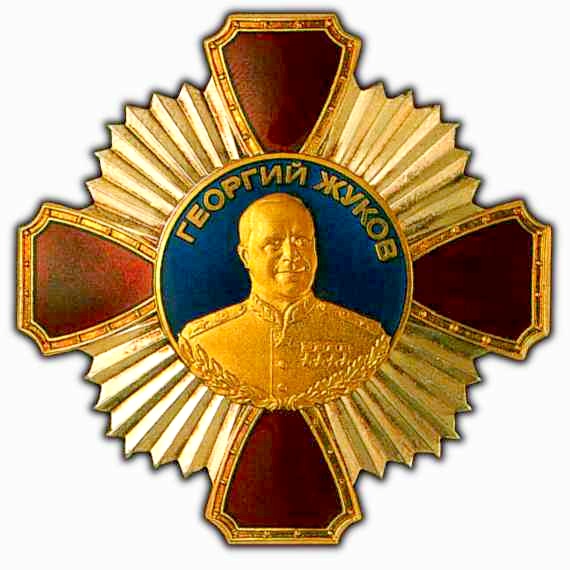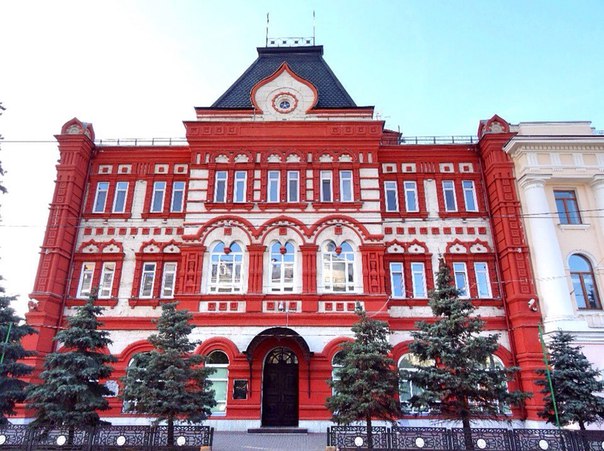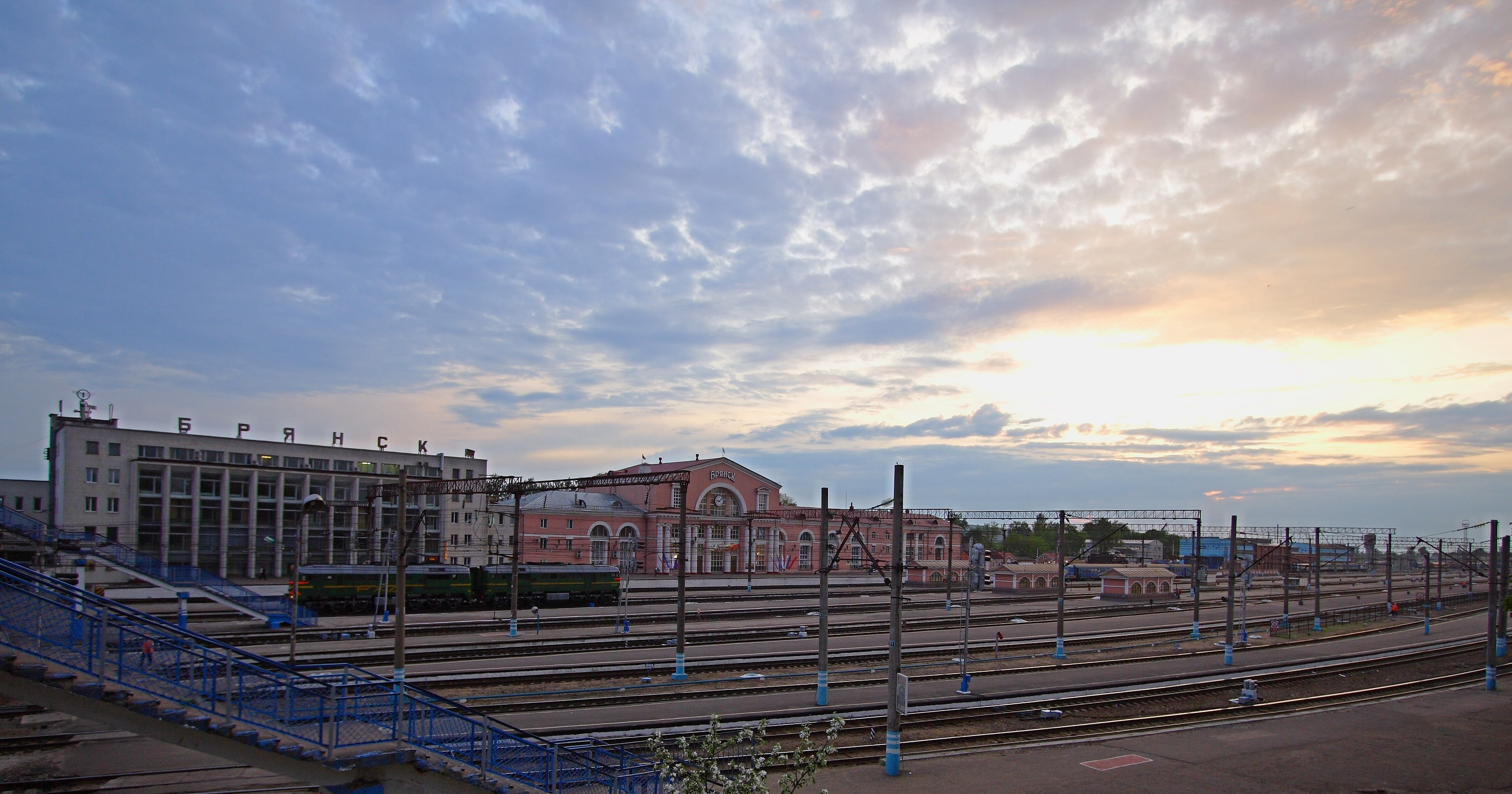|
Nikolai Nikitchenko
Nikolai Stepanovich Nikitchenko (; 17 December 1901 – 1 April 1975) was a Soviet Army major general. Early life and Russian Civil War A Russian, Nikolai Stepanovich Nikitchenko was born on 17 December 1901 in Starodub, Chernigov Governorate. During the Russian Civil War, Nikitchenko joined the Red Army in the settlement of Unecha on 27 October 1918 and was sent as a Red Army man to the commandant's platoon of the 1st Ukrainian Division. With the division, he fought on the Southern Front against the Volunteer Army. In February 1919 he was wounded and hospitalized until June. After recovering in June he was sent to the convalescent detachment of the 19th Reserve Rifle Regiment at Bryansk, where he served as an assistant platoon commander in the regimental reconnaissance detachment from February 1920. In December 1920 he transferred to the 22nd Rifle Regiment at Liski as assistant platoon commander in the reconnaissance detachment. With the 22nd, he fought in the suppressio ... [...More Info...] [...Related Items...] OR: [Wikipedia] [Google] [Baidu] |
Starodub
Starodub ( rus, links=no, Староду́б, p=stərɐˈdup, ''old oak'') is a town in Bryansk Oblast, Russia, on the Babinets River (the Dnieper basin), southwest of Bryansk. Population: 16,000 (1975). History Starodub has been known since the 11th century, when it was a part of the Principality of Chernigov. It was plundered by the Cumans in 1080. It was burned to the ground by the Mongols in the 13th century. It became a part of the Grand Duchy of Lithuania in the 14th century (soon part of the Polish–Lithuanian union), and Grand Duke Algirdas rebuilt it as a defensive stronghold against Muscovites and Tatars. In 1408, it was granted to Duke Švitrigaila. In 1503, it passed to the Grand Duchy of Moscow. In 1535, it was besieged and captured by Polish-Lithuanian forces and the defenders were executed however, it soon fell back to Muscovy. In 1616, it was recaptured by the Polish–Lithuanian Commonwealth, within which it became a county seat in the Smolensk Voivode ... [...More Info...] [...Related Items...] OR: [Wikipedia] [Google] [Baidu] |
Unecha
Unecha (russian: Уне́ча), a town and the administrative center of Unechsky District in Bryansk Oblast, Russia, stands on the Unecha River (within the Dnieper's basin) southwest of Bryansk, the administrative center of the oblast. Population: History Town status was granted to it in 1940. From 1936 to 1951 Unecha was the home station for the Unecha motive branch of the Belarusian railway. From September 1943 to March 1944 the Directorate of the Belarusian railway was situated in the town. Prior to the war, about 12% of inhabitants were Jews. 1,708 Jews were living in Unecha. The town was occupied by the German army in the middle of August 1941. A large number of Jews managed to flee to the east before the Germans’ arrival. Shortly after the German occupation, the Jews were distinguished and forbidden to leave the town. In October 1941, all the Jews were confined to a closed ghetto, where they stayed until its liquidation in mid-March 1942. Due to harsh living condi ... [...More Info...] [...Related Items...] OR: [Wikipedia] [Google] [Baidu] |
Moscow Higher Military Command School
The Moscow Higher Combined Arms Command School ''"Supreme Soviet of the RSFSR"'' (abbreviated to MVOKU) is a higher military educational institution of the Russian Armed Forces. History The school was formed in December 15, 1917 (O.S., December 28 N.S.), by order of Vladimir Lenin as the ''1st Moscow revolutionary machine gun officers school''. It later became the ''1st Moscow Machine Gunners' Officers Course'' and "WPRA 1st Soviet Higher Military School '' All-Russian Central Executive Committee''". In 1938 it received the first of its three order medals, the Order of the Red Banner, as a result of its Corps of Cadets and some alumni of the school who fought the Battle of Khalkhin Gol. During the Second World War, on the Eastern Front, cadets and faculty at the school contributed to the defense of the Moscow Region and the city itself. Many of its cadets and alumni later received state medals and decorations (several were awarded posthumously). In October 1941, the school was ... [...More Info...] [...Related Items...] OR: [Wikipedia] [Google] [Baidu] |
Rybinsk
Rybinsk ( rus, Рыбинск, p=ˈrɨbʲɪnsk), the second largest city of Yaroslavl Oblast in Russia, lies at the confluence of the Volga and Sheksna Rivers, 267 kilometers north-north-east of Moscow. Population: It was previously known as ''Ust-Sheksna'' (until 1504), ''Rybnaya Sloboda'' (until 1777), ''Shcherbakov'' (1946–1957), and ''Andropov'' (1984–1989). History Early history Rybinsk is one of the oldest Slavic settlements on the Volga River. The place was first recorded by chroniclers in 1071 as Ust-Sheksna, i.e. "the mouth of the Sheksna". During this period the settlement was a regional center for craft and metal based produce and for trade. In the mid-13th century, Ust-Sheksna was laid waste by invading Mongols. For the next few centuries, the settlement was referred to alternatively as Ust-Sheksna or Rybansk. From 1504, it was identified in documents as Rybnaya Sloboda (literally: "the fishing village"). The name is explained by the fact that the settleme ... [...More Info...] [...Related Items...] OR: [Wikipedia] [Google] [Baidu] |
Moscow Military District
The Order of Lenin Moscow Military District was a military district of the Soviet Armed Forces and the Armed Forces of the Russian Federation. The district was awarded the Order of Lenin in 1968. In 2010 it was merged with the Leningrad Military District, the Northern Fleet and the Baltic Fleet to form the new Western Military District. History In the beginning of the second half of the 19th century Russian officials realized the need for re-organization of the Imperial Russian Army to meet new circumstances. During May 1862, the War Ministry, headed by Army General Dmitry Milyutin, introduced to Tsar Alexander II of Russia proposals for the reorganization of the army, which included the formation of fifteen military districts. A tsarist edict of 6 August 1864, announced in a Defence Minister’s order on 10 August of the same year, established ten military districts, including Moscow. The District’s territory then comprised 12 provinces: Vladimir, Vologda, Kaluga, Kostroma, ... [...More Info...] [...Related Items...] OR: [Wikipedia] [Google] [Baidu] |
Tambov Rebellion
The Tambov Rebellion of 1920–1921 was one of the largest and best-organized peasant rebellions challenging the Bolshevik government during the Russian Civil War. The uprising took place in the territories of the modern Tambov Oblast and part of the Voronezh Oblast, less than southeast of Moscow. In Soviet historiography, the rebellion was referred to as the ''Antonovschina'' ("Antonov's mutiny"), so named after Alexander Antonov, a former official of the Socialist Revolutionary Party, who opposed the government of the Bolsheviks. It began in August 1920 with resistance to the forced confiscation of grain and developed into a guerrilla war against the Red Army, Cheka units and the Soviet Russian authorities. The bulk of the peasant army was destroyed in the summer of 1921, smaller groups continued until the following year. It is estimated that around 100,000 people were arrested and around 15,000 killed during the suppression of the uprising. The Red Army used chemical weapo ... [...More Info...] [...Related Items...] OR: [Wikipedia] [Google] [Baidu] |
Oryol
Oryol ( rus, Орёл, p=ɐˈrʲɵl, lit. ''eagle''), also transliterated as Orel or Oriol, is a city and the administrative center of Oryol Oblast situated on the Oka River, approximately south-southwest of Moscow. It is part of the Central Federal District, as well as the Central Economic Region. History Kievan Rus While there are no historical records, archaeological evidence shows that a fortress settlement existed between the Oka River and Orlik Rivers as early as the 12th century, when the land was a part of the Principality of Chernigov. The name of the fortress is unknown; it may not have been called Oryol at the time. In the 13th century, the fortress became a part of the Zvenigorod district of the Karachev Principality. In the early 15th century, the territory was conquered by the Grand Duchy of Lithuania. The city was soon abandoned by its population after being sacked either by Lithuanians or the Golden Horde. The territory became a part of the Tsardom of R ... [...More Info...] [...Related Items...] OR: [Wikipedia] [Google] [Baidu] |
Ostrogozhsk
Ostrogozhsk (russian: Острого́жск) is a town and the administrative center of Ostrogozhsky District in Voronezh Oblast, Russia, located on the Tikhaya Sosna River (a tributary of the Don), south of Voronezh, the administrative center of the oblast. As of the 2021 Census, its population was 32,520. History Ostogozhsk is a historical center of Eastern Sloboda Ukraine. It was established in 1652 by Belgorod Voivode Fedor Arsenyev and Cossack Ivan Zevkovsky (or Dzenkovsky) as Ostogozhsk (little fortress) bringing along some 2,000 resettlers from Chernigov and Nezhin Regiments around an '' ostrog'' (fortress) of the Belgorod Defensive Line of Russia.Leonov, I. Ukrainian Don Region'. "Ukrayina Moloda".Smoliy, V.A. Ivan Dzykovskyi (ДЗИКОВСЬКИЙ ІВАН) Encyclopedia of History of Ukraine. [...More Info...] [...Related Items...] OR: [Wikipedia] [Google] [Baidu] |
Kolesnikov Revolt
Kolesnikov (russian: Колесников; masculine) or Kolesnikova (; feminine) is a Russian surname which means "son of wheelwright". Notable persons with that name include: *Anastasiya Kolesnikova (born 1984), Russian gymnast * Andrei Kolesnikov (footballer) (born 1984), Russian soccer player *Andrei Kolesnikov (general), Russian major-general * Andrei Kolesnikov (ice hockey) (born 1989), Russian ice hockey player *Andrey Vladimirovich Kolesnikov (born 1965), Russian journalist and author * Borys Kolesnikov (born 1962), Ukrainian politician and entrepreneur * Dmitry Kolesnikov, Russian submarine captain *Evgeny Kolesnikov (born 1985), Russian basketball player * Irina Kolesnikova (born 1980), Russian ballet dancer * Irina Kolesnikova (curler) (born 1964), Russian curler and coach *Leonid Kolesnikov (1937–2010), Russian swimmer *Maria Kolesnikova (born 1982), Belarusian politician * Mikhail Kolesnikov (politician) (1939–2007), Russian general and defense minister * Mikhail K ... [...More Info...] [...Related Items...] OR: [Wikipedia] [Google] [Baidu] |
Liski, Voronezh Oblast
Liski (russian: Ли́ски) is a town and the administrative center of Liskinsky District in Voronezh Oblast, Russia. Population: History Liski was founded as Novaya Pokrovka () in 1571 and renamed Svoboda () in 1943, and after a period again as Liski. It was renamed Georgiu-Dezh () in 1965 for the Romanian communist leader, Gheorghe Gheorghiu-Dej, before returning to Liski again in 1990.''Post-Soviet Geography, Volumul 34'', V.H. Winston & Son, 1993, p. 648''The Current Digest of the Soviet Press, Volume 43, Issues 1-16'', American Association for the Advancement of Slavic Studies, 1991, p. 31''The New Encyclopaedia Britannica: Micropaedia (10 v.)'', Encyclopaedia Britannica, 1983, p. 490Lewis H. Siegelbaum, ''Cars for Comrades: The Life of the Soviet Automobile'', Cornell University Press, 2008, p. 82 Administrative and municipal status Within the framework of administrative divisions, Liski serves as the administrative center of Liskinsky District.Law #87-OZ As an ... [...More Info...] [...Related Items...] OR: [Wikipedia] [Google] [Baidu] |
Bryansk
Bryansk ( rus, Брянск, p=brʲansk) is a city and the administrative center of Bryansk Oblast, Russia, situated on the River Desna, southwest of Moscow. Population: Geography Urban layout The location of the settlement was originally associated with navigable river-routes and was located in the area of the Chashin Kurgan, where the fortress walls were erected. For reasons that have not yet been clarified, the city changed its location and by the middle of the 12th century had established itself on the steep slopes of the right bank of the Desna on Pokrovskaya Hill (russian: Покровская гора). The foundations of the future urban development of the city were laid even earlier, when around the city-fortress in the 17th century after the Time of Troubles of 1598-1613 on the coastal strip at the foot of the Bryansk fortress the posadskaya "Zatinnaya Sloboda" was upset, and on the upper plateau, between Verkhniy Sudok and White Kolodez - the "Streletskaya Slobod ... [...More Info...] [...Related Items...] OR: [Wikipedia] [Google] [Baidu] |
.jpg)




